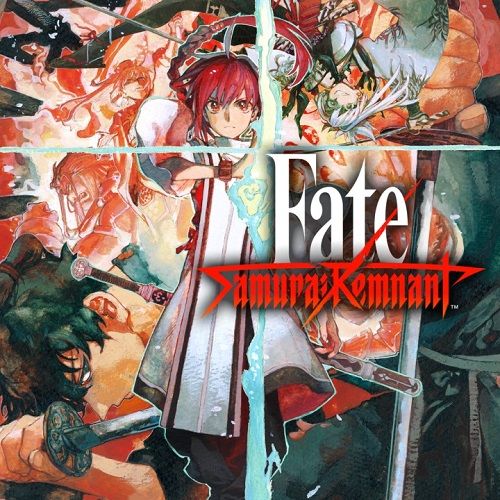Fate/Samurai Remnant Review
Fate/Samurai Remnant is a spinoff entry in the Fate series, a set of loosely connected titles taking place in the same cosmology. This particular game is one of the best historical fantasies I’ve ever played. And it’s also a great way to enter the increasingly complex franchise.
What do you get when you cross an urban fantasy of mythic proportions with historical fiction set in feudal Japan? The answer is an extremely entertaining alternate history where ancient heroes, courtesans, samurai, and politicians struggle to determine the fate of the country.
In the bustling city of 1650’s Edo, the young samurai Iori Miyamoto gets caught up in a deadly magic tournament. The Waxing Moon Ritual summons forth 15 Heroic Spirits from mankind’s history and briefly re-embodies them. Seven of these Servants are bound to mages called Masters who must fight until only one pair remains. The other eight are Rogue Servants who can ally with–or target–whoever they wish. Whoever wins the tournament can get their wish granted, but the price may not be worth the cost.
Iori is no legendary mage, just a swordsman who’s in far over his head, and his Servant, Saber, doesn’t like or respect him. But in order to grant Saber’s wish and protect the people of Edo, they must work together. Standing in their way are ruthless heroes and villains of legend, rival mages with their own plans for Japan’s future, and a conspiracy embedded in the depths of the Waxing Moon Ritual itself.
History and Myth
In many ways, Fate/Samurai Remnant is a retelling of the original Fate/Stay Night. It touches on themes of trauma, redemption, and the cost of pursuing a tragic dream. Although much of the cast consists of legendary heroes, it doesn’t shy away from the tragedy of war. The alternate history setting allows it to unflinchingly grapple with the tensions of Edo period Japan. Its themes of xenophobia, economic strife, and the consequences of sacrificing others for your own happiness resonate with the current climate.
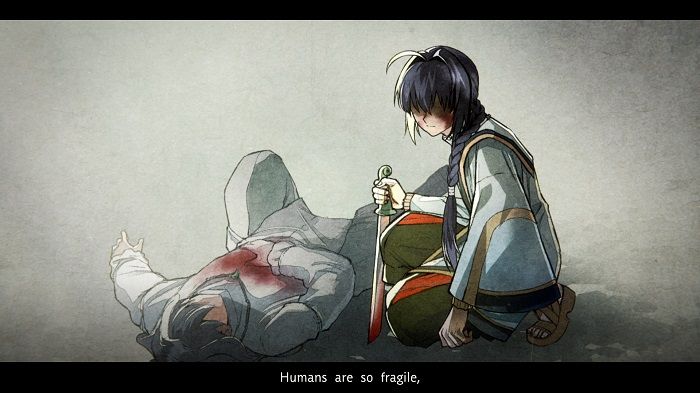
This is a spin-off title, but it does a great job of standing on its own. Veteran fans will appreciate subtle callbacks and returning characters, while new fans shouldn’t be too out of their depth. The plot is intricate and moves quite fast at times. But you can always take a break to upgrade your workshop and equipment or do sidequests.
As I stated in my preview of this game, the character designs are excellent. Every member of the cast is visually distinct, but they never look out of place beside each other. Iori’s more down-to-earth design still fits beside Rogue Berserker, a towering mountain of muscle, and Lancer, a burning saint in stylized black armor.
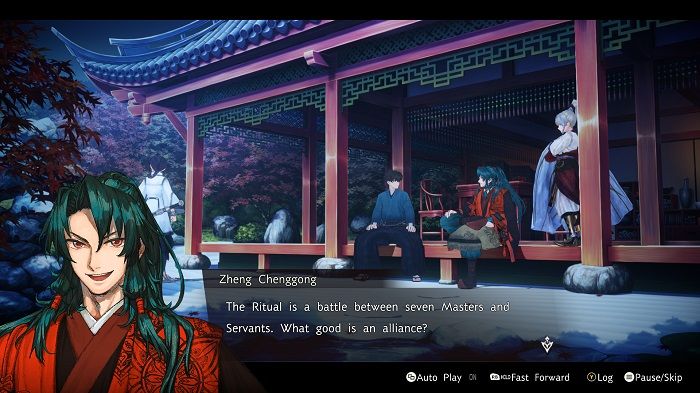
The writing is absolutely phenomenal and is definitely the main attraction of the game. Iori and Saber’s developing bond is as charming as it is complicated, and I didn’t find a single badly-written character. But unlike some narrative-driven games, Fate/Samurai Remnant has a lot more to offer.
Fate/Samurai Remnant is a Visual Spectacle
Fate/Samurai Remnant’s virtual recreation of Edo is gorgeous, full of cats to pet and interesting places to visit. Hidden items and optional events encourage exploring all over the map. And running through the crowded streets, dodging NPCs and reading their conversations, is incredibly immersive. I’m always disappointed when combat banishes me to the standard combat arena. The idea of mythological heroes clashing in a crowded city has always been at the core of the Fate series, after all.
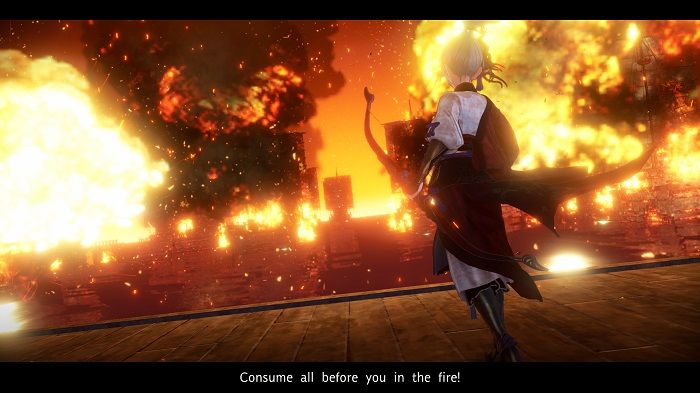
When you’re not dashing through the streets, doing quests, exploring, and chatting with other characters, you’re usually fighting. Battles look gorgeous and the controls are slick. However, the questionable camera decisions mean combat can rapidly become a confusing mess. Especially if you’ve swapped characters for a story battle.
Combat consists of many fast-paced, hectic, and short battles that can be chained together. It kinda feels like playing a scaled-down version of a Dynasty Warriors-style game. I’m specifically reminded of Sengoku Basara: Samurai Warriors, although that title had more polished combat and much longer battles. The visual effects, impact, and overall stylish approach to battling many opponents and the occasional powerful boss are definitely similar, though.

There’s some really great music in this game. The battle themes never fail to get my blood pumping, but the more melancholy tracks really stuck in my head. The voice acting is also excellent. Sadly, it’s also still only in Japanese. Also, the controller kept vibrating non-stop during cutscenes, which made taking screenshots a real pain.
Almost a Masterpiece
Fate/Samurai Remnant has its flaws, but it also has a lot of strengths that make up for them. The ability to play as multiple Servants mixes up gameplay nicely. But sometimes you’re forced to change characters without warning, which is less nice. Each Servant has their own attack patterns and ideal range. My personal favorite has to be Archer–it feels amazing to unleash a deadly barrage from across the map. And his long-range attacks mean I can stand back and keep an eye on the entire battlefield despite the camera’s best efforts to thwart me.
The game also has some strategy elements where you maneuver your way across the map to a specific location. However, these strategic elements can be really unintuitive, especially when the game expects you to backtrack. Or worse, allow the enemy to launch an attack so you can then lock them. And questionable camera side, breaking the shells of tough enemies is genuinely miserable.
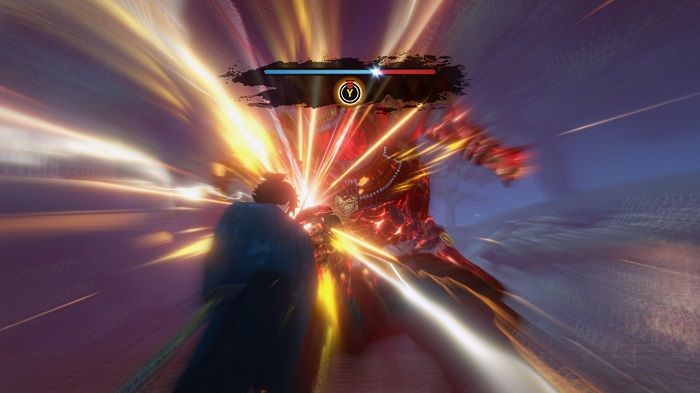
There are a lot of side activities in this game. Most of them convey some small bonus, such as extra experience or a buff. You can polish Iori’s sword and carve wooden Buddha figures by playing quick-time events. These minigames are pretty fun, but I wish the QTEs in combat were optional as well. Pulling off a riposte feels amazing. Getting stuck in an unexpected clash and suddenly having to button-mash without warning is less amazing.
All in all, Fate/Samurai Remnant is a great exploration of the weight of history, the price of a wish, and how much a person can be willing to sacrifice for their dreams before they become a monster. I just wish the camera didn’t hate my guts and there were a few less QTEs waiting to ambush me.
***PC code provided by the publisher***
The Good
- Great writing
- Great visual design
- Great sound design
- Exploring Edo is very fun
- Tons of side activities
The Bad
- Japanese-only voice-acting
- Camera hates you
- Hectic combat
- Annoying strategy sections
